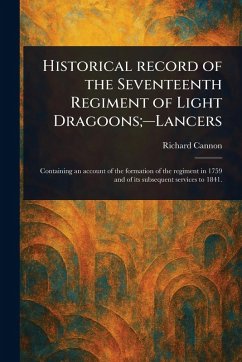
Detachment 101 in the CBI

PAYBACK Punkte
8 °P sammeln!
Detachment 101 of the Office of Strategic Services' development of unconventional warfare doctrine in the China-Burma-India Theater of World War II presents the practitioner of unconventional warfare a worthy model of consideration for our contemporary special operations forces. However, Detachment 101's approach to unconventional warfare operations does not serve as the approved template from which to dogmatically execute unconventional warfare operations. Detachment 101's approach was tailored specifically for conditions present in the China-Burma-India Theater of World War II and the polici...
Detachment 101 of the Office of Strategic Services' development of unconventional warfare doctrine in the China-Burma-India Theater of World War II presents the practitioner of unconventional warfare a worthy model of consideration for our contemporary special operations forces. However, Detachment 101's approach to unconventional warfare operations does not serve as the approved template from which to dogmatically execute unconventional warfare operations. Detachment 101's approach was tailored specifically for conditions present in the China-Burma-India Theater of World War II and the policies driving U.S. involvement during the period of 1942 - 1945. The study identifies several areas that, if considered by contemporary Special Operations Forces, could improve the efficiency of operations currently conducted in Afghanistan. Specific areas included the need for the more adequate fusion of intelligence efforts, the nesting of operational commands within the existing structure, the more adequate resourcing of guerrilla operations, and finally adjusting the operational scope of Special Forces within the current campaign in Afghanistan. This work has been selected by scholars as being culturally important, and is part of the knowledge base of civilization as we know it. This work was reproduced from the original artifact, and remains as true to the original work as possible. Therefore, you will see the original copyright references, library stamps (as most of these works have been housed in our most important libraries around the world), and other notations in the work. This work is in the public domain in the United States of America, and possibly other nations. Within the United States, you may freely copy and distribute this work, as no entity (individual or corporate) has a copyright on the body of the work. As a reproduction of a historical artifact, this work may contain missing or blurred pages, poor pictures, errant marks, etc. Scholars believe, and we concur, that this work is important enough to be preserved, reproduced, and made generally available to the public. We appreciate your support of the preservation process, and thank you for being an important part of keeping this knowledge alive and relevant.




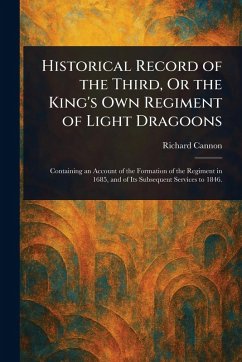


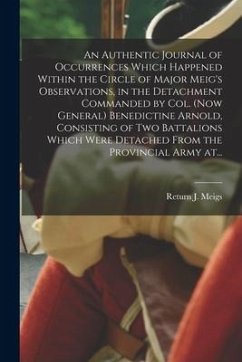

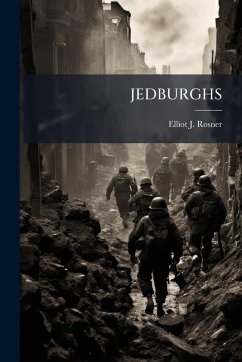
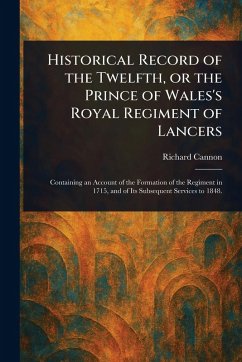
![From the St. Lawrence to the North Saskatchewan [microform]: Being Some Incidents Connected With the Detachment of Cover From the St. Lawrence to the North Saskatchewan [microform]: Being Some Incidents Connected With the Detachment of](https://bilder.buecher.de/produkte/65/65567/65567086n.jpg)
